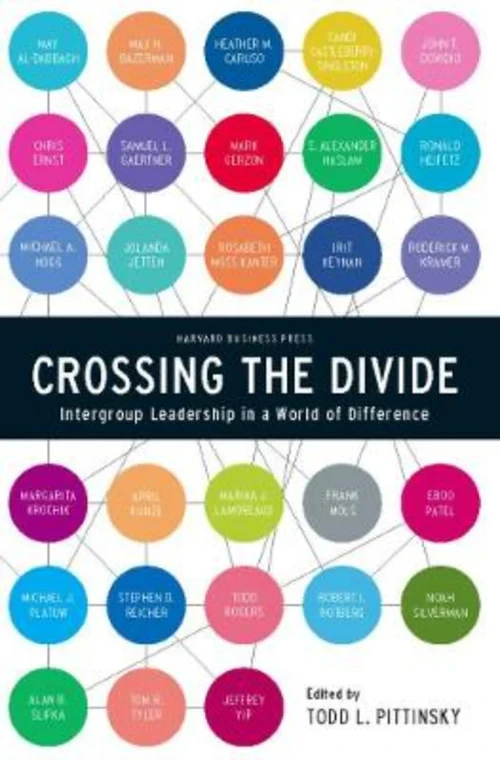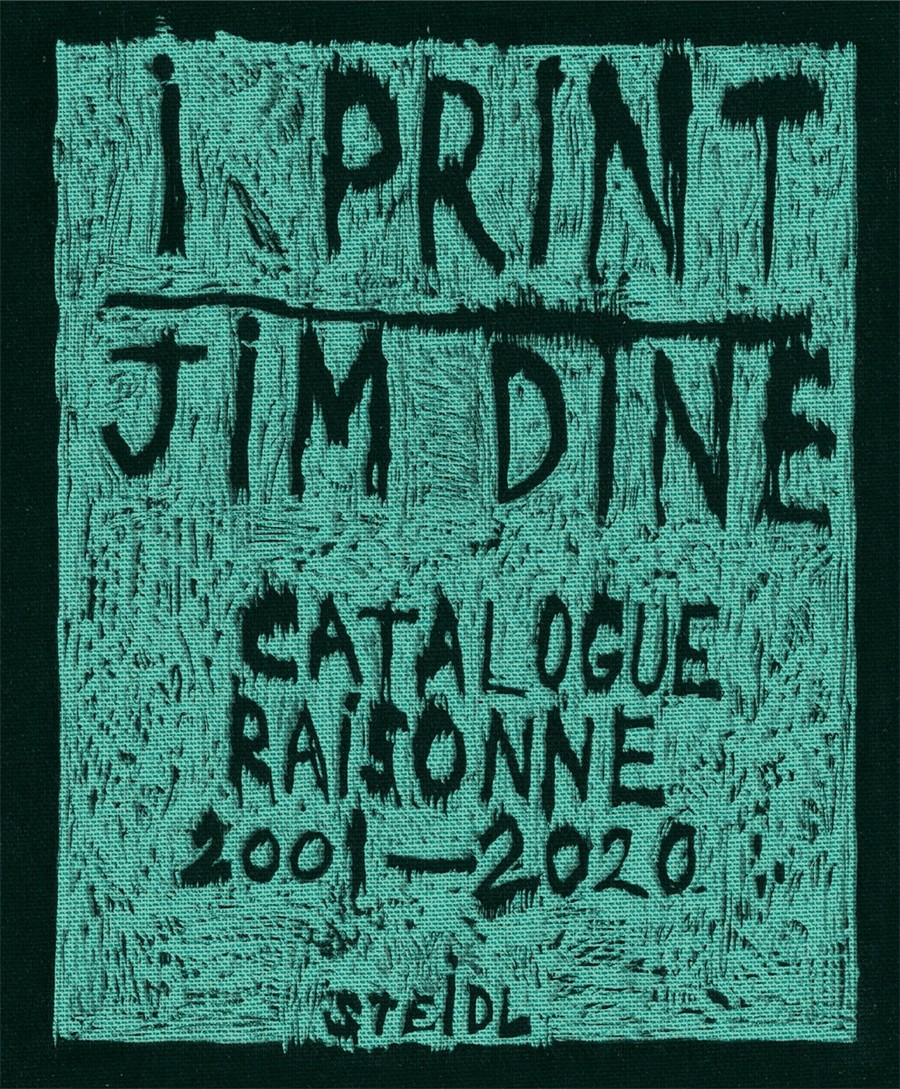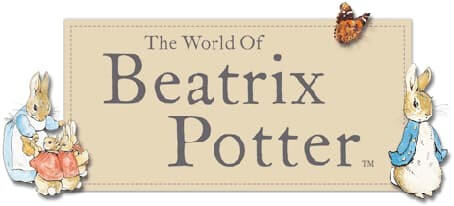
Crossing the Divide
Smartfox Books Code: PR2998
$106.00 NZD
Approx $63.72 USD
Approx $63.72 USD
Description:
Bringing groups together is a central and unrelenting task of leadership. CEOs must nudge their executives to rise above divisional turf battles, mayors try to cope with gangs in conflict, and leaders of many countries face the realities of sectarian violence.Crossing the Divide introduces cutting-edge research and insight into these age-old problems. Edited by Todd Pittinsky of Harvard's Kennedy School of Government, this collection of essays brings together two powerful scholarly disciplines: intergroup relations and leadership. What emerges is a new mandate for leaders to reassess what have been regarded as some very successful tactics for building group cohesion. Leaders can no longer just "rally the troops." Instead they must employ more positive means to span boundaries, affirm identity, cultivate trust, and collaborate productively.In this multidisciplinary volume, highly regarded business scholars, social psychologists, policy experts, and interfaith activists provide not only theoretical frameworks around these ideas, but practical tools and specific case studies as well. Examples from around the world and from every sector - corporate, political, and social - bring to life the art and practice of intergroup leadership in the twenty-first century.
Bringing groups together is a central and unrelenting task of leadership. CEOs must nudge their executives to rise above divisional turf battles, mayors try to cope with gangs in conflict, and leaders of many countries face the realities of sectarian violence.Crossing the Divide introduces cutting-edge research and insight into these age-old problems. Edited by Todd Pittinsky of Harvard's Kennedy School of Government, this collection of essays brings together two powerful scholarly disciplines: intergroup relations and leadership. What emerges is a new mandate for leaders to reassess what have been regarded as some very successful tactics for building group cohesion. Leaders can no longer just "rally the troops." Instead they must employ more positive means to span boundaries, affirm identity, cultivate trust, and collaborate productively.In this multidisciplinary volume, highly regarded business scholars, social psychologists, policy experts, and interfaith activists provide not only theoretical frameworks around these ideas, but practical tools and specific case studies as well. Examples from around the world and from every sector - corporate, political, and social - bring to life the art and practice of intergroup leadership in the twenty-first century.
The product may be provided by a different brand of comparable quality.
The actual product may vary slightly from the image shown.
Shop amazing plants at The Node – a top destination for plant lovers



.jpg)








.jpg)









.jpg)





.jpeg)





.jpeg)



.jpeg)








.jpeg)



.jpeg)

.jpeg)

.jpeg)

.jpeg)




.jpeg)
.jpg)

.jpeg)






.jpeg)
.jpeg)




.jpeg)





.jpeg)


.jpeg)

.jpeg)

.jpeg)

.jpeg)







.jpeg)
.jpeg)
.jpeg)





.jpeg)



.jpeg)






.jpg)
.jpeg)









.jpg)


ulva-Logo.jpg)




.jpeg)



.png)















.png)
























